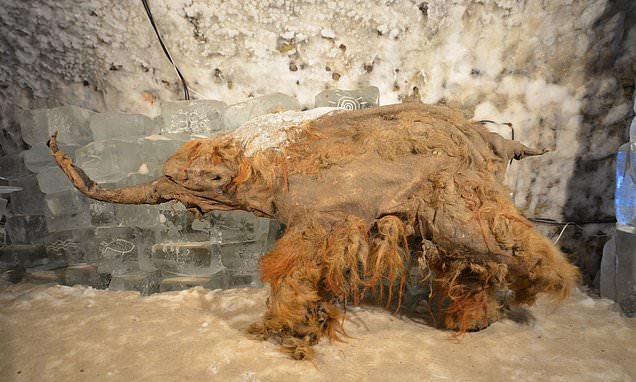Home / Science / Oldest Woolly Mammoth RNA Extracted from 40,000-Year-Old Siberian Remains
Oldest Woolly Mammoth RNA Extracted from 40,000-Year-Old Siberian Remains
14 Nov
Summary
- Researchers extracted and sequenced the oldest RNA ever recovered, from extinct woolly mammoths
- The RNA came from mammoth tissue preserved in Siberian permafrost for nearly 40,000 years
- The findings could help efforts to "de-extinct" the woolly mammoth and other lost species

In a remarkable scientific breakthrough, researchers have extracted and sequenced the oldest RNA ever recovered - from the remains of extinct woolly mammoths preserved in the Siberian permafrost for nearly 40,000 years. The team, led by scientists in Sweden and Denmark, were able to successfully isolate and analyze RNA molecules from the massive Ice Age beasts, providing unprecedented insights into their biology and potential for "de-extinction."
The discovery of these ancient RNA sequences, which represent the oldest ever documented, could have far-reaching implications for efforts to bring back extinct species like the woolly mammoth, dodo, and Tasmanian tiger. Unlike DNA alone, RNA holds the key to understanding how genes were expressed and regulated in these long-lost creatures, offering a more comprehensive picture of their biology.
According to the researchers, the findings from the exceptionally well-preserved mammoth tissues, including one 39,000-year-old specimen named Yuka, could fundamentally reshape our understanding of these iconic megafauna. In addition to identifying tissue-specific gene expression patterns, the team also uncovered evidence that Yuka may have suffered cell stress before its death, potentially due to a predator attack.




